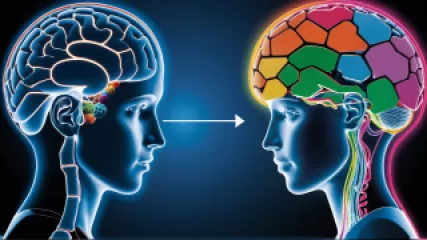Exploring the Beauty of Relationship Diversity: An Interview with a Relationship Therapist
1 year ago
Relationship Diversity
Overcoming Addiction: A Step-by-Step Guide to Recovery
1 year ago
Addiction
What Are the Fundamentals of Psychology and How Can They Improve Your Life?
1 year ago
Psychology Fundamentals
A Step-by-Step Guide: Overcoming Mental Health Stigma Online
1 year ago
Mental Health Stigma
Overcoming Depression in the Elderly: A Step-by-Step Guide
1 year ago
Depression in Elderly
Exploring the Persistence of Mental Health Stigma: A Research Summary
1 year ago
Mental Health Stigma
7 Colorful Lessons from Movies to Improve Mental Health at Home
1 year ago
Psychology of Color in Interiors
5 Steps to Take a Meaningful Mental Health Break
1 year ago
Mental Health Break Importance
Coping with Depression in the Golden Years: An Ultimate Guide
1 year ago
Depression in Elderly
Virtual Addiction Therapy: A Research Summary
1 year ago
Addiction
What are the Fundamental Principles of Psychology?
1 year ago
Psychology Fundamentals
Taking a Mental Health Break: My Personal Journey to Wellness
1 year ago
Mental Health Break Importance
Why Theories of Intelligence Matter More Than Ever
1 year ago
Intelligence Theories
5 Life Lessons from "The Shawshank Redemption" for Mental Health Recovery
1 year ago
Mental Health Break Importance
How to End Mental Health Stigma: 7 Powerful Strategies
1 year ago
Mental Health Stigma















